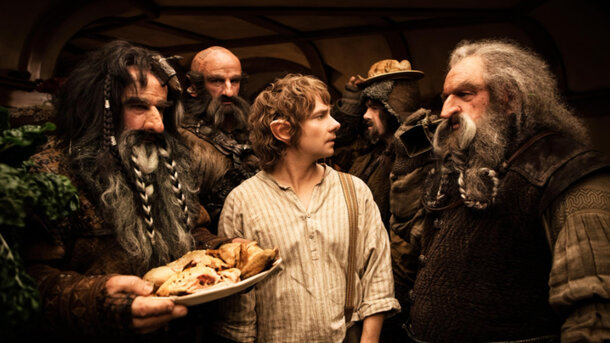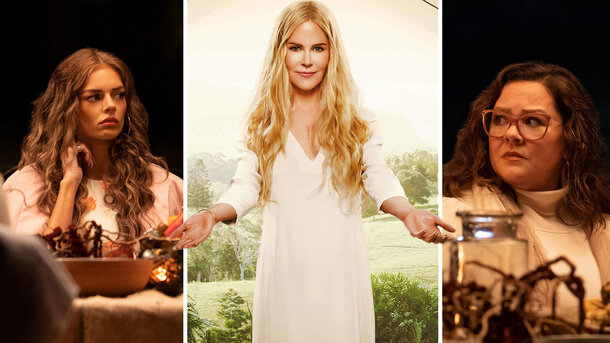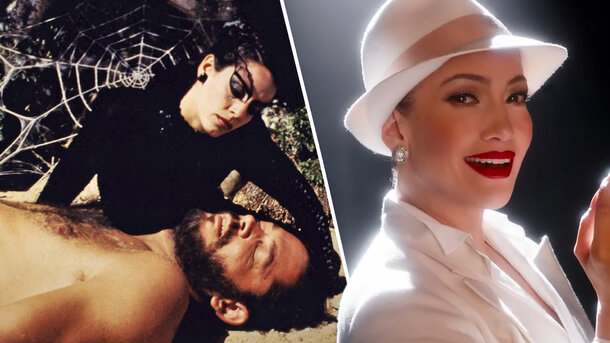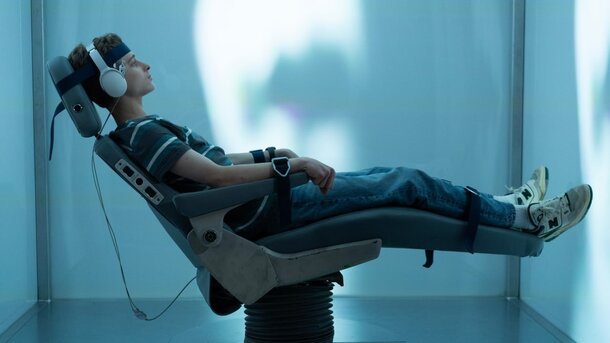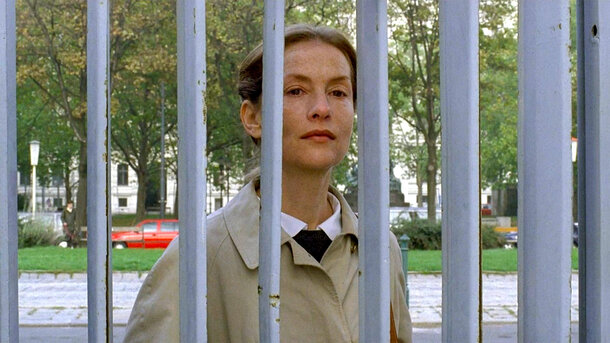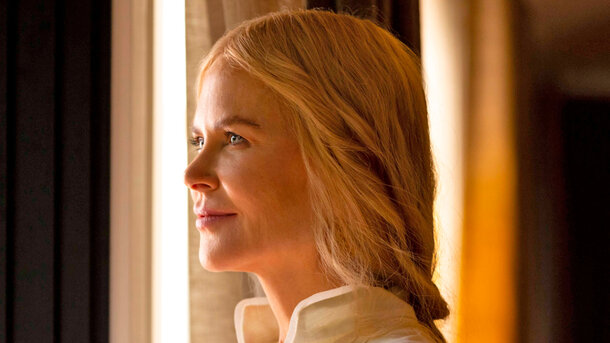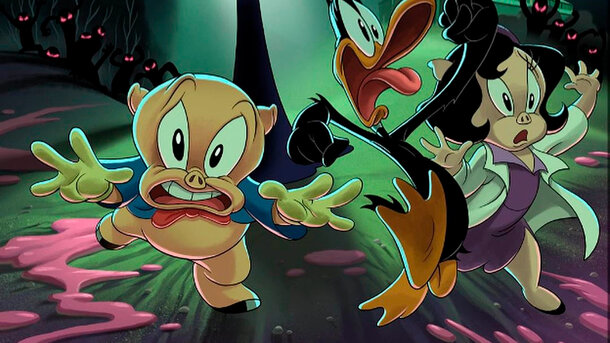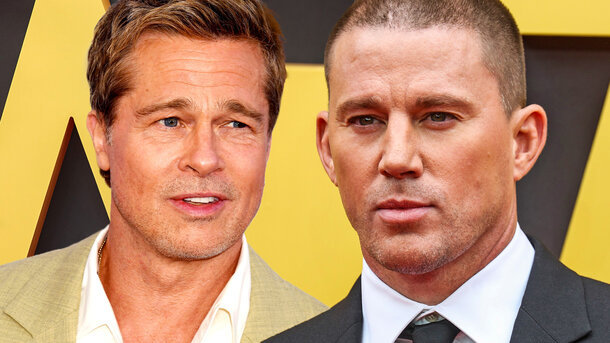If you thought the dwarven feast in Bilbo’s house was just a humorous scene to kick off the plot of The Hobbit, we’re here to convince you otherwise. This loud, chaotic invasion of bearded guests concealed a true strategic move devised by Gandalf.
The Hobbit: A Feast as Manipulation
The wizard knew perfectly well that getting a hobbit to go on a journey was no easy task. No resident of the Shire would willingly give up their comfort, their supplies, and a kettle on the stove. But if you destroy that cozy world, leaving behind not a full pantry but an empty larder and crumbs on the tablecloth — Bilbo would no longer feel so attached to home.
That was the whole point: to empty everything that might hold the hobbit back. In the book, this is mentioned in passing, but in Peter Jackson’s film, the scene is turned into full theatrical madness. And not by accident: the wizard not only introduced the dwarves to their future travel companion but also stripped him of the last reasons to say no to adventure.
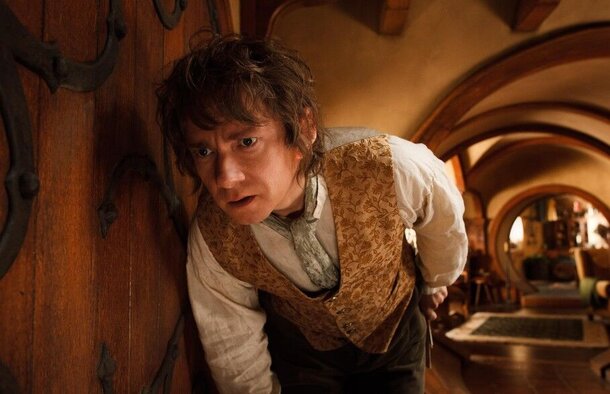
The Psychology of a Hobbit and the Pedagogy of a Wizard
Hobbits are not just thrifty — they’re emotionally attached to their home. Leave Bilbo a well-stocked pantry, and he would spend the whole journey worrying whether the jam had gone bad. Gandalf settled it all in advance. The dwarves ate everything down to the last crumb — and the road was clear. Most importantly, Bilbo felt needed: without him, this clumsy company wouldn't manage.
Music, Dishes, and No Mess
The dwarves’ song about 'burn the corks, make Bilbo mad' is a vivid example of Tolkien-style trolling. But it was a good-natured prank: the dwarves didn’t break anything and even washed the dishes. They played their part — and did it with finesse. In their songs, like actors' lines, you could sense professionals of performance: the entire scene was a play, staged to Gandalf’s script.
